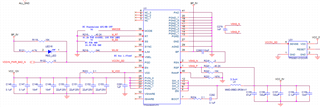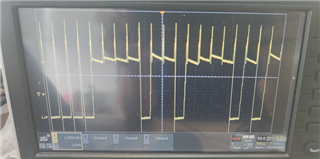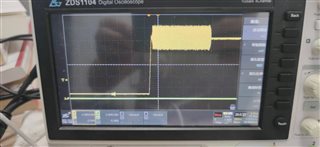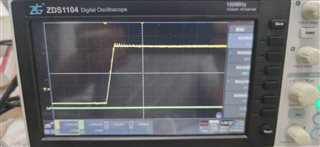Other Parts Discussed in Thread: , TPS543B20
Hi Expert,
I got a not stable output with following schematics:

The output seems oscilating all the time. I will attach waveform later.
BP has got stable 5V. What's the EN timing? I saw EN is always low, but the output begin to oscilate.
Thanks
Peter






